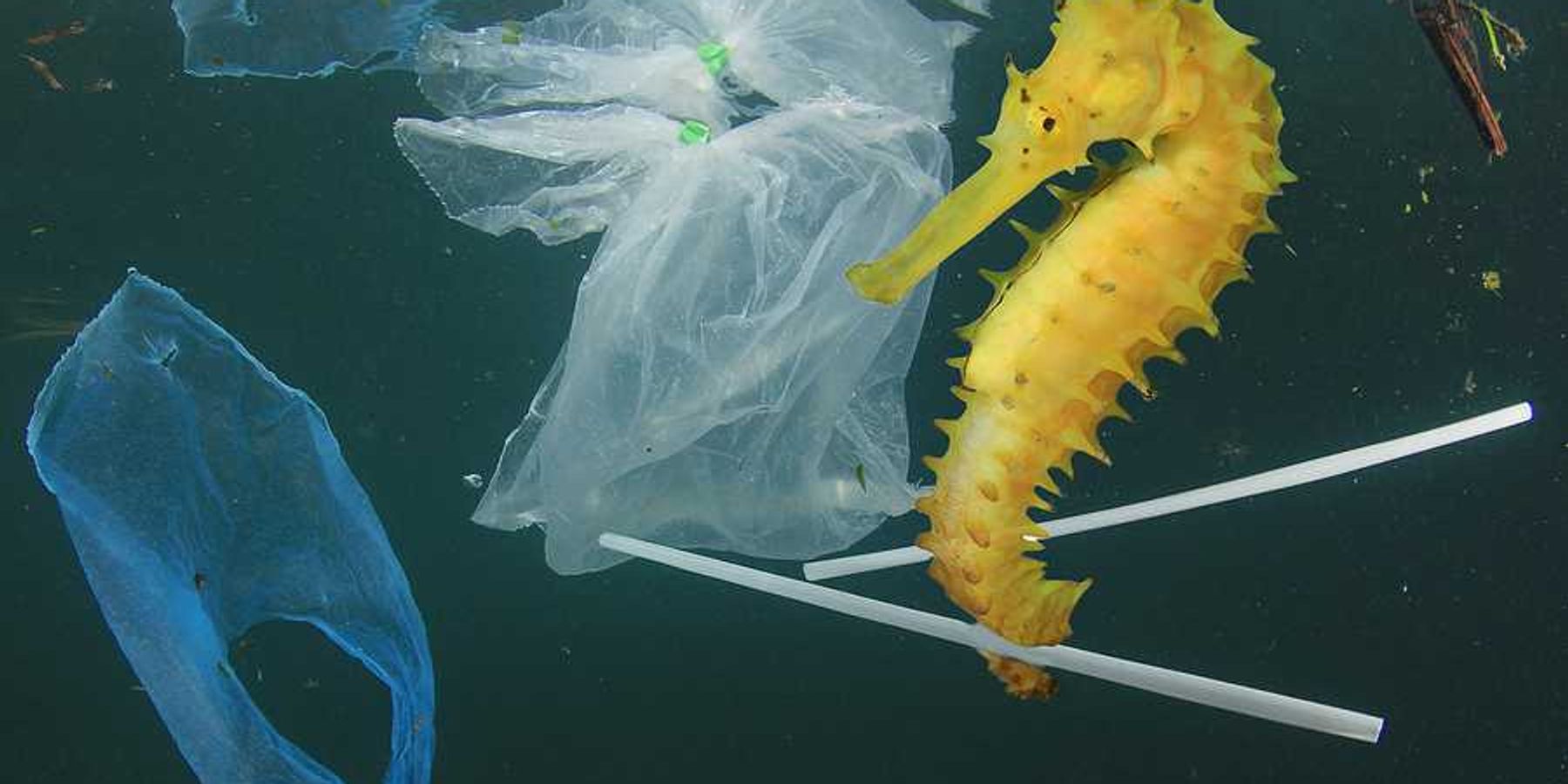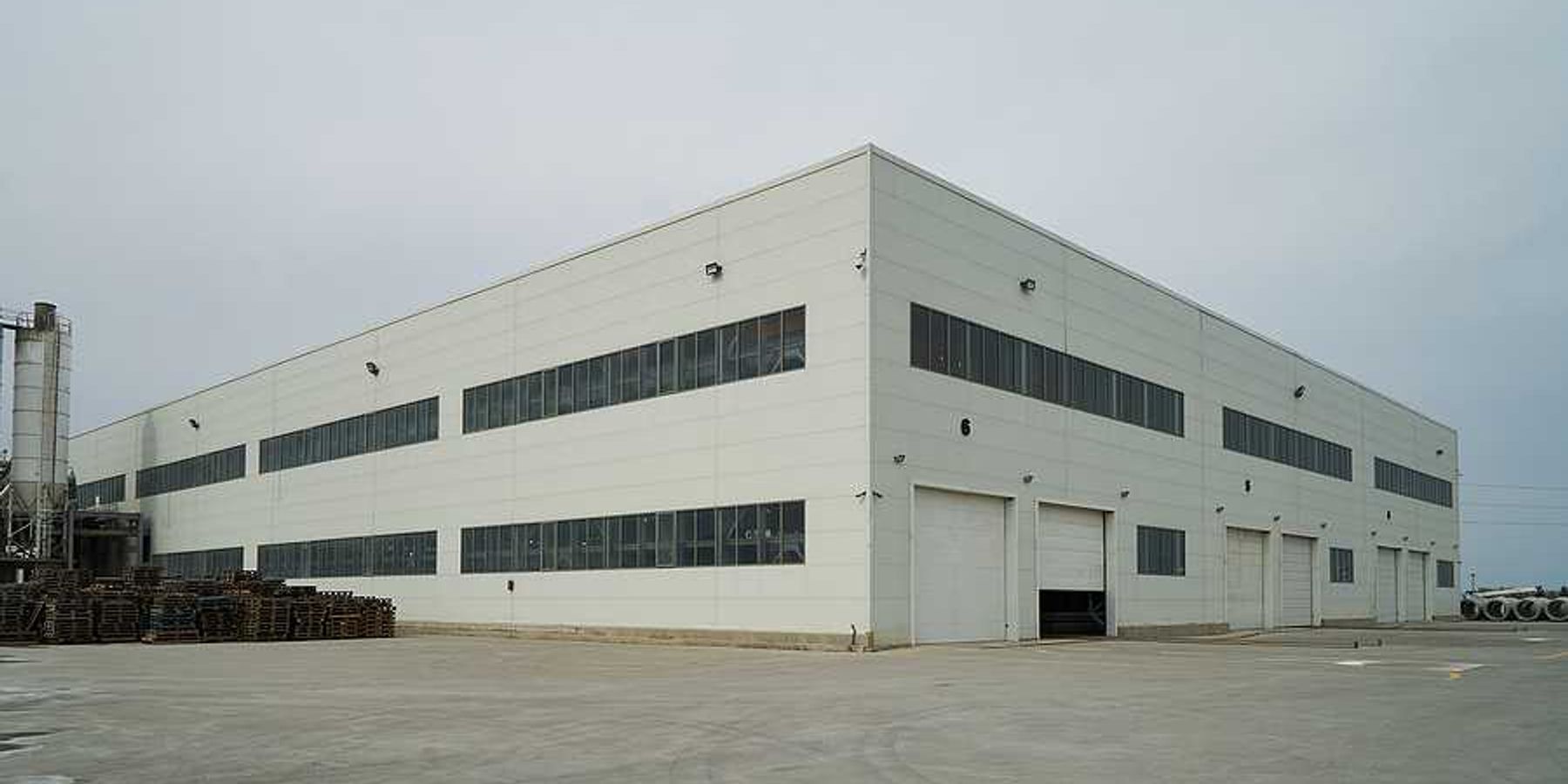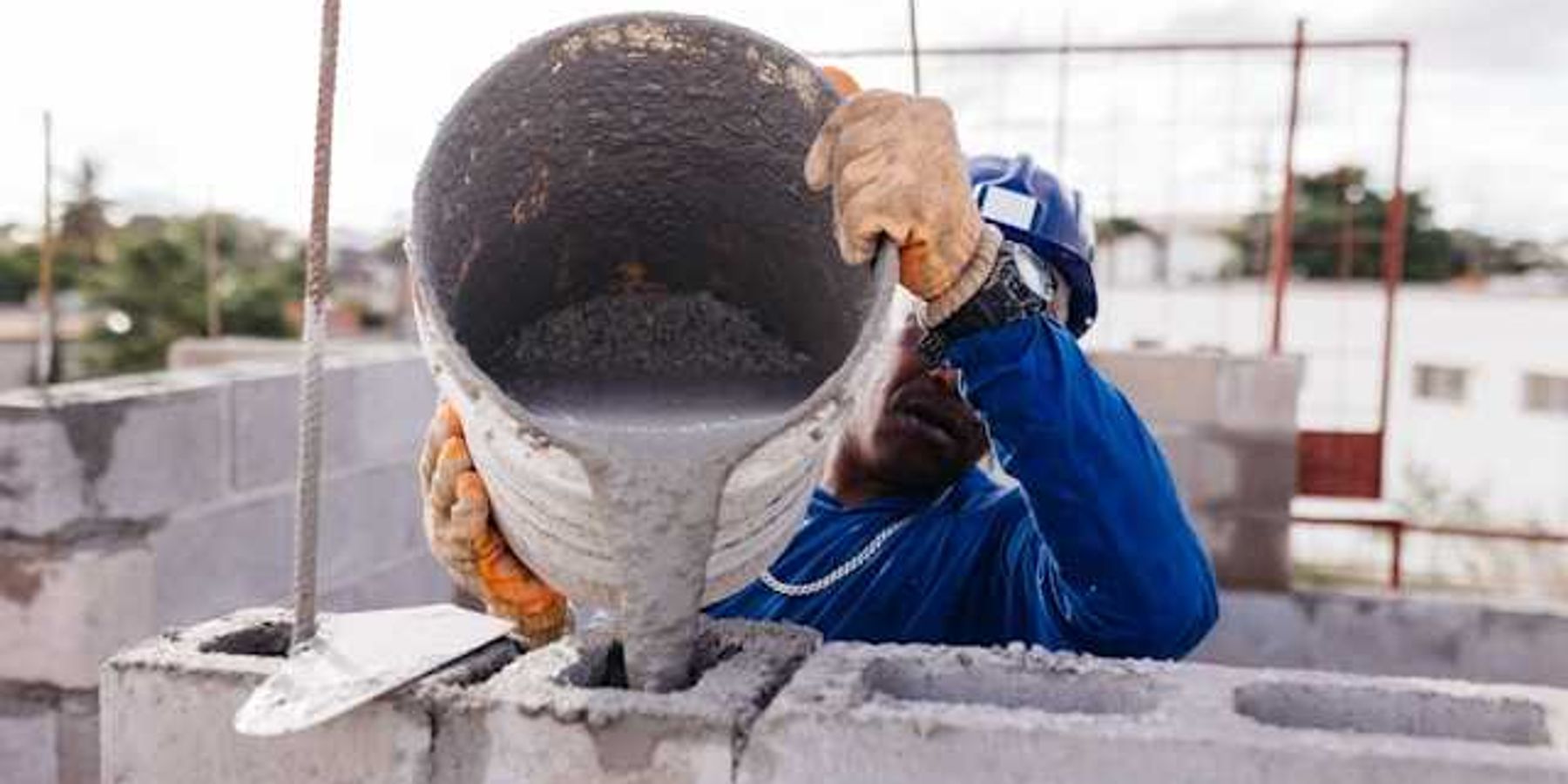tornadoes
Disaster preparedness starts with facing reality
Americans need to acknowledge the increasing risk of climate disasters and take proactive measures to prepare for them.
In short:
- Extreme weather events like tornadoes, hurricanes and wildfires are becoming more frequent and severe due to climate change, posing significant risks to communities across the United States.
- While infrastructure and forecasting have improved, many people still underestimate their vulnerability and fail to prepare adequately, risking their safety during disasters.
- Establishing a "culture of preparedness" that involves education and coordinated disaster response plans can help reduce the impact of these climate-related events.
Key quote:
“If we leave people behind, it’s a failure.”
— Abdul-Akeem Sadiq, professor of public policy at the University of Central Florida.
Why this matters:
With climate change intensifying natural disasters, the number of affected individuals will likely increase. Effective preparedness and response strategies can save lives, prevent property damage and enhance community resilience.
Tornadoes strike the US almost daily from late April to late May
Nearly every day between April 25 and May 27 saw tornadoes in the U.S., marking the most active May for severe weather since 2011, with violent storms, a downburst in Houston, and massive hail.
Matthew Cappucci and Ian Livingston report for The Washington Post.
In short:
- Tornadoes touched down on 94% of days from April 25 to May 27, surpassing other recent active periods.
- The frequent tornadoes are due to a stagnant weather pattern that generated numerous supercells across the central states.
- The upcoming large-scale weather pattern change may reduce tornado activity next week.
Why this matters:
The hyperactive tornado season emphasizes the need for preparedness and robust warning systems. With climate change potentially intensifying such storms, understanding these patterns will be important for mitigating future impacts.
Tornado patterns shift due to climate change, experts advise on preparation
Climate change is altering tornado patterns in the U.S., leading experts to offer new preparation strategies for these unpredictable storms.
In short:
- Tornado season is shifting in location and timing due to climate change, with peaks now seen earlier in the year.
- States like Texas, Oklahoma, and Kansas are seeing fewer tornadoes, while Tennessee, Georgia, and upper Midwest states are experiencing more.
- Preparation involves staying informed through reliable sources like the National Weather Service and maintaining an emergency kit.
Key quote:
"We expect that the number of days in any given year that are favourable for tornadoes… are going to increase in the future and specifically increase earlier in the season."
— Victor Gensini, associate professor of meteorology at Northern Illinois University
Why this matters:
Research indicates that tornadoes are becoming more frequent and severe in areas outside the traditional Tornado Alley, including parts of the Southeast and Midwest. Factors such as warmer air temperatures and shifting jet streams contribute to these changes, making it more challenging to predict where tornadoes will strike next. This unpredictability poses a substantial risk to residents unfamiliar with tornado protocols, necessitating updated safety measures and public awareness campaigns.
How 'tornado alley' is changing
When disaster strikes, is climate change to blame?
Scientists are specifying how much damage climate change is adding to extreme weather events, potentially influencing court cases, insurance claims and public policy.
Rolling Fork residents say they didn't hear any tornado warning sirens
Mississippi tornado victims wonder, 'How can we rebuild?'
The tornado that collapsed the roof and two walls of Jermaine Wells’ Mississippi home also hurled a massive tractor tire that landed near him in the living room as his wife huddled in the laundry room.









